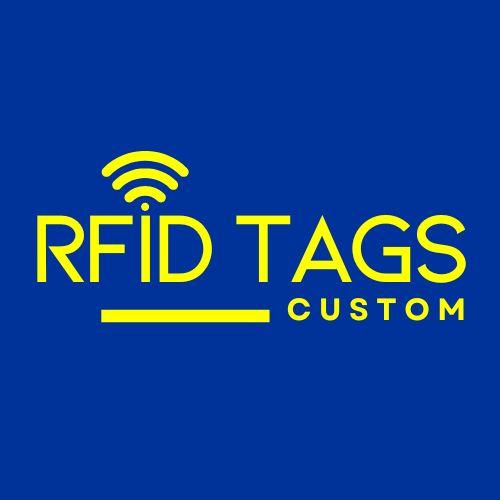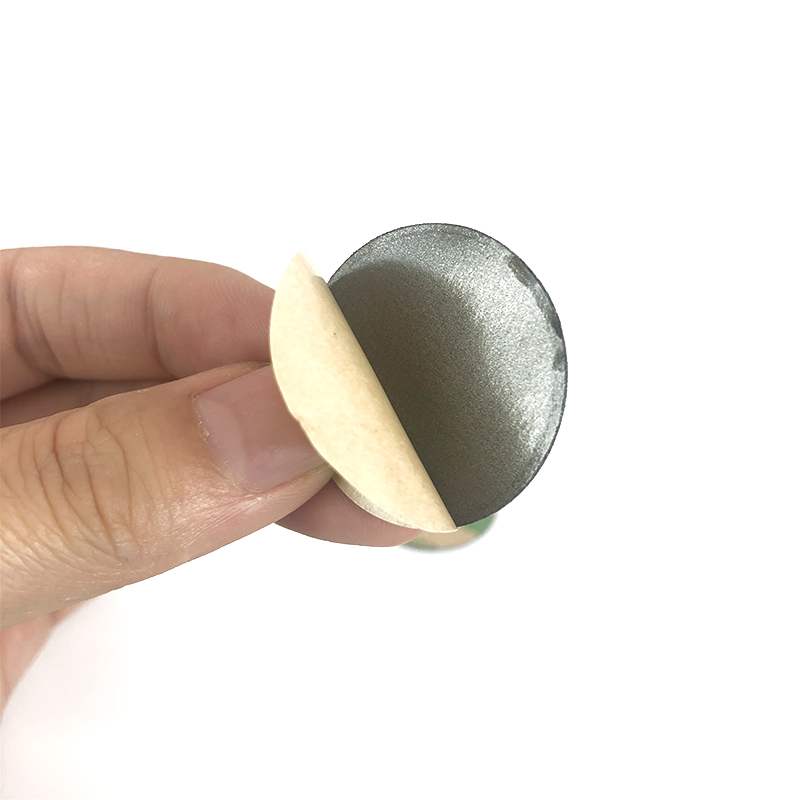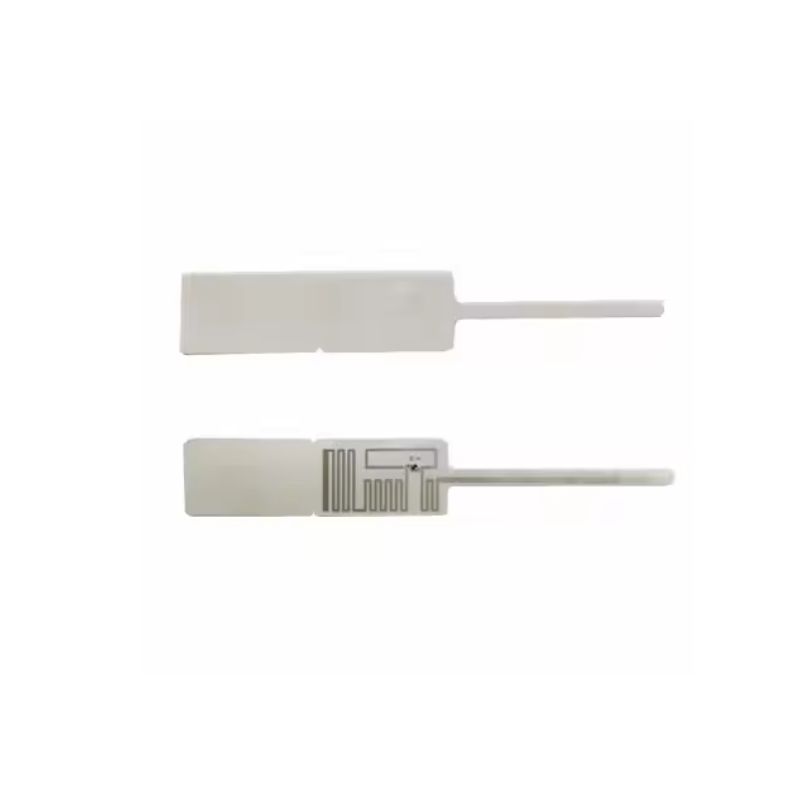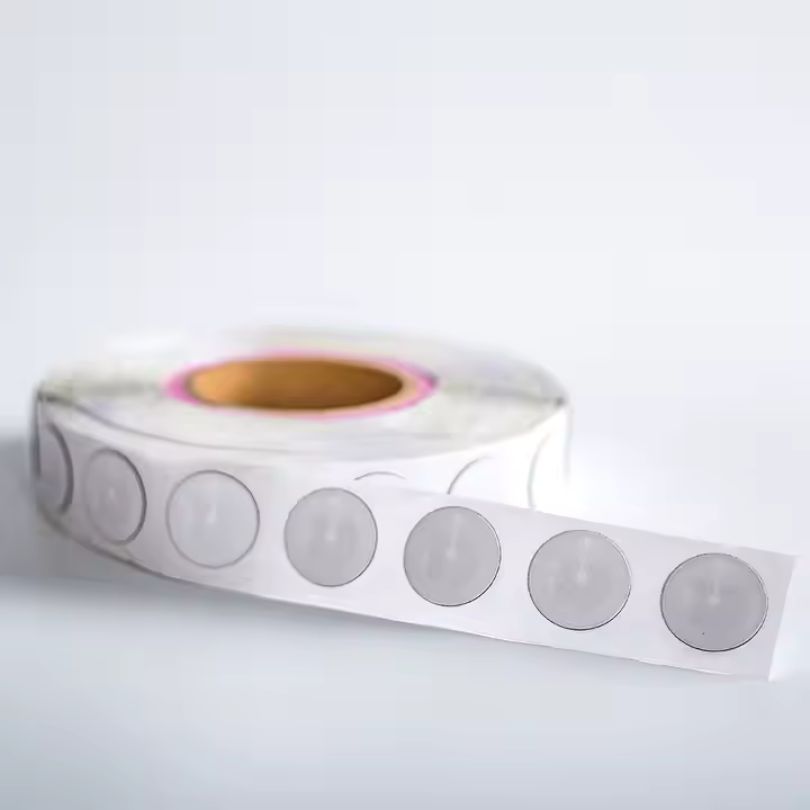- Home
- Custom RFID Tags
- Inventory RFID Tracking Tags Printable UHF Stickers
Inventory RFID Tracking Tags Printable UHF Stickers
Easy-to-Use Printable RFID Tracking Tags for Inventory Control
Our Printable Inventory RFID Tag for Inventory are engineered to help businesses streamline operations, minimize losses, and gain real-time visibility across their supply chains. These UHF RFID stickers are fully compatible with thermal transfer printers, making customizing tags with barcodes, text, or branding simple.
Whether you’re managing stock in a warehouse, retail environment, or logistics hub, our printable RFID tags are a fast, scalable, and cost-effective solution for accurate asset tracking.
Why Use RFID Tracking Tags for Inventory Control?
Manual inventory systems are time-consuming and error-prone. Our UHF RFID tracking tags offer:
- Real-time inventory visibility across your supply chain
- Long-range reading — up to 10 meters (reader-dependent)
- Passive RFID design — no battery, zero maintenance
- Printable surface for barcodes, logos, or custom data
- Accurate asset identification to reduce shrinkage and overstock
- Easy application with high-strength adhesive
Key Benefits of Printable RFID Tags
- Custom Printing – Add branding, serial numbers, or barcodes
- Compatibility – Works with standard RFID label printers
- Low-Cost Scalability – Ideal for tagging thousands of items
- Flexible Material – Choose paper or synthetic labels for different surfaces
Applications Across Industries
These RFID tracking tags are ideal for:
- Warehousing & Logistics – Track pallet movement and shipments
- Retail Stores – Monitor stock levels and product locations
- IT Asset Tracking – Tag computers, cables, and electronics
- Tool Rooms & Maintenance – Control tool inventory
- Supply Chain Management – Automate shipping and receiving logs
Technical Specifications
| Feature | Specification |
| Frequency | UHF 860–960 MHz |
| Chip Type | Passive RFID (e.g., Impinj Monza, Alien Higgs) |
| Read Range | Up to 10 meters |
| EPC Memory | 96 bits |
| User Memory | 512 bits |
| Material Options | Paper or synthetic (customizable) |
| Adhesive | High-performance for various surfaces |
| Operating Temp | -20°C to +85°C |
| Compliance | EPCglobal Gen2, ISO 18000-6C |
| Print Compatibility | Thermal Transfer or Direct Thermal |
Get a Quote for RFID Tracking Tags
Ready to improve inventory accuracy and reduce costs? Our RFID Tracking Tags are customizable and scalable to meet your specific needs.
📞 Contact us today for samples, technical support, or a custom quote.
Get Your Custom RFID Tags
As a leading custom RFID tag manufacturer, we craft solutions based on the unique needs of your operation. We offer a wide range of customization options, including material, size, frequency, encoding, and read distance, ensuring each RFID Tag is perfectly customized to your requirements. No matter what application you use RFID tags for, we can provide rugged, reliable RFID tags that meet the highest quality and durability standards. Here are the main ways we customize RFID tags to fit your needs.

Material Selection
Material is key for customizing RFID tags. Plastic works in harsh conditions, while softer materials suit delicate spaces. Different materials also affect signal performance. Pick what fits your use case to ensure your tags last and work reliably.

Customized Size
Size shapes usability. Small tags fit tight spaces or tiny items, while larger tags are easily read. In crowded areas, sleek tags prevent clashes. Align shape and dimension with your goods for visibility, convenience, and performance.

Frequency Requirements
Choose LF, HF, or UHF based on read range, speed, and interference. LF and HF resist metals and liquids but have shorter ranges. UHF offers an extended range yet may face signal blocks. Match frequency to your environment for reliable performance.

Reading Distance
Define the distance at which you have to read the tag. Short distances work for retail checkouts, while warehouses may need meters of coverage. Antenna design, reader settings, and power outputs affect range.Adjust these factors to capture data accurately at the distance you need.

Encode
Plan how data is stored on each tag. Some only hold an ID, while others contain detailed info. Decide if you need a simple EPC or added user memory. Ensure your chosen format works with existing software. Proper encoding streamlines processes and slashes errors.

Application Environment
Consider real-world conditions. Temperature swings, humidity, and chemicals can degrade tags. For outdoor use, opt for UV-resistant casings. In healthcare or food settings, ensure compliance with safety rules. Matching your tags to the environment maximizes their lifespan.
Related Products
Customize any RFID tags from our factory to meet your requirements.



